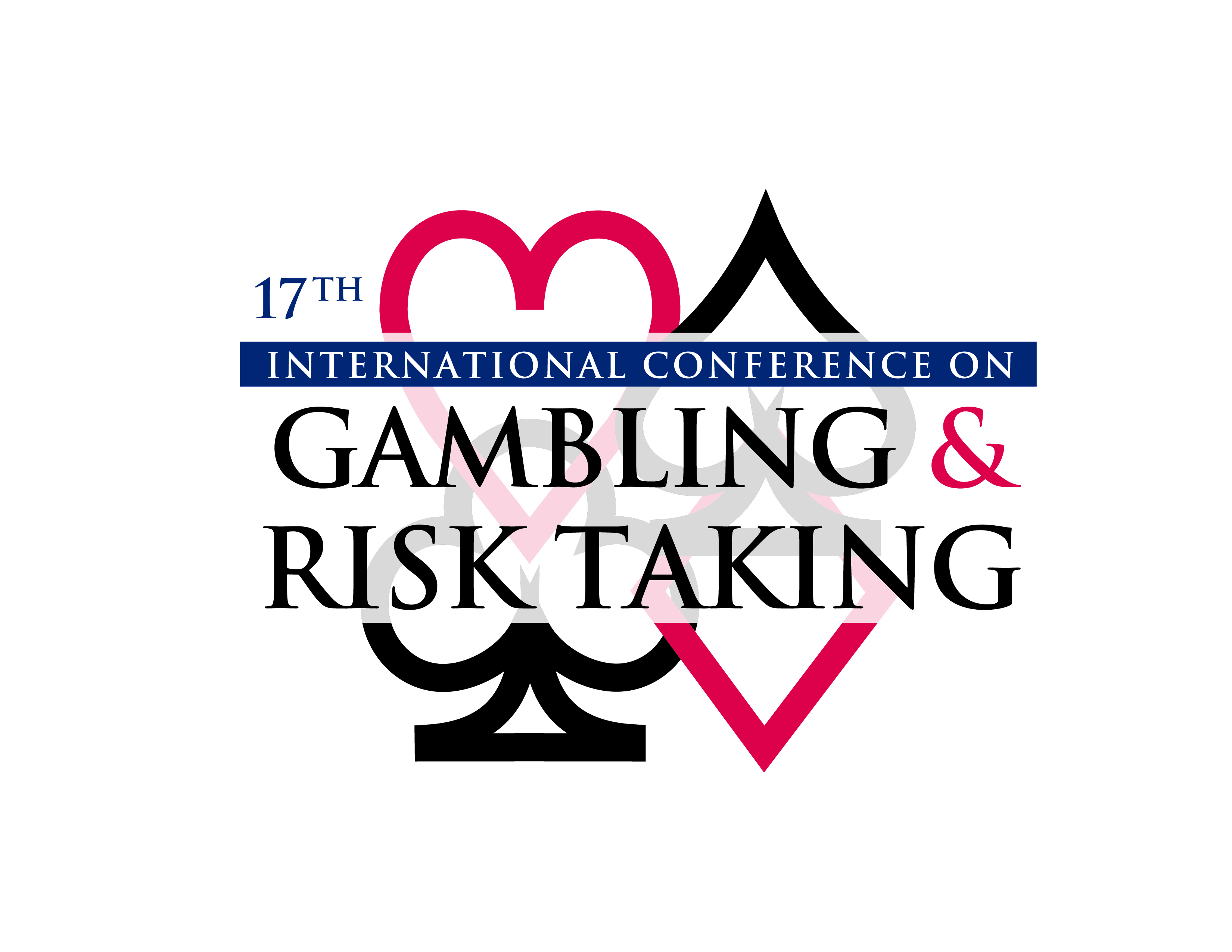Session Title
Mid-morning Break and Poster Sessions: FEATURED POSTERS
Presentation Type
Event
Location
Caesars Palace, Las Vegas, Nevada
Start Date
29-5-2019 10:25 AM
End Date
29-5-2019 11:00 AM
Disciplines
Psychiatric and Mental Health | Substance Abuse and Addiction
Abstract
Gambling Disorder (GD) is a public health concern with tremendous implications (Smith & Wynne, 2002). The disorder rarely occurs in isolation, often presenting with other conditions. Suicidal ideation and attempts are common among treatment-seeking gamblers (Maccallum & Blaszczynski, 2003). An important yet overlooked risk factor for suicidality is non-suicidal self-injury (NSSI; Klonsky et al., 2013). NSSI can serve many functions: relief of negative emotions; generation of positive states; escape from interpersonal obligations; attention or facilitation of resources (Nock & Prinstein, 2004). Previous research has found gender differences in NSSI. Despite NSSI’s relationship to suicidality and the noted gender differences, literature on gender differences within a gambling population is scarce. Therefore, we investigated gender differences in the form and function of NSSI in a clinical sample of 364 treatment-seeking gamblers. Overall, results suggest that females engaged in more hair pulling. Further, females endorsed often engaging in NSSI for the relief of negative emotions and for attention or facilitation of resources. Understanding gender differences in the form and functions of NSSI can provide insight into appropriate prevention, intervention, and treatment opportunities. Importantly, given the relationship of NSSI to suicide, understanding differences in NSSI may inform intervention efforts for this vulnerable population.
Keywords
Gambling disorder, Non-suicidal self-injury, comorbidity, treatment-seeking gamblers
Funding Sources
No funding was received for this research study.
Competing Interests
The authors declare they have no conflicts of interest.
Gender Differences in Non-Suicidal Self-Injury in a Sample of Treatment-Seeking Gamblers
Caesars Palace, Las Vegas, Nevada
Gambling Disorder (GD) is a public health concern with tremendous implications (Smith & Wynne, 2002). The disorder rarely occurs in isolation, often presenting with other conditions. Suicidal ideation and attempts are common among treatment-seeking gamblers (Maccallum & Blaszczynski, 2003). An important yet overlooked risk factor for suicidality is non-suicidal self-injury (NSSI; Klonsky et al., 2013). NSSI can serve many functions: relief of negative emotions; generation of positive states; escape from interpersonal obligations; attention or facilitation of resources (Nock & Prinstein, 2004). Previous research has found gender differences in NSSI. Despite NSSI’s relationship to suicidality and the noted gender differences, literature on gender differences within a gambling population is scarce. Therefore, we investigated gender differences in the form and function of NSSI in a clinical sample of 364 treatment-seeking gamblers. Overall, results suggest that females engaged in more hair pulling. Further, females endorsed often engaging in NSSI for the relief of negative emotions and for attention or facilitation of resources. Understanding gender differences in the form and functions of NSSI can provide insight into appropriate prevention, intervention, and treatment opportunities. Importantly, given the relationship of NSSI to suicide, understanding differences in NSSI may inform intervention efforts for this vulnerable population.

